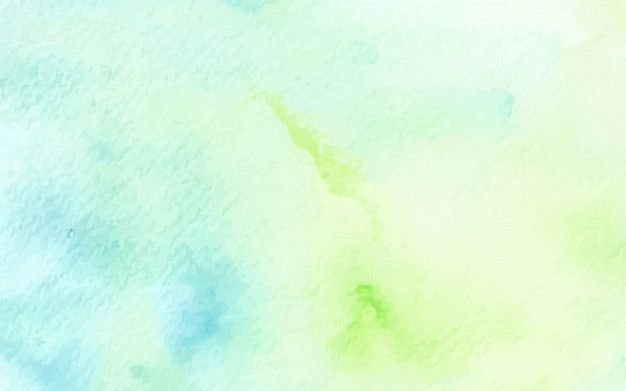
Te Akomanga Tuarima
Class Five
“Where I stand in the world”
Children turning eleven years old can feel more at ease within themselves; the heart and lung ratio of 4:1 is attained and the keen observer can see that, for the normally developing child, the point of balance, the ‘crown of childhood’ is achieved.
The students need to be led to a deeper picture of the world they live, in and an experience of the ‘balance’ of the world.
The Task
To help the children attain the balance of body and soul that can come at this time as they stand strongly within themselves. To encourage movement that demands strong form and rhythm and allows the students to experience full control over their bodies and allows individuals to experience a sense of control and balance inwardly. In searching for this sense of balance, the student can experience that the world has many facets, many points where the microcosm and macrocosm meet. Without labouring the point, they will be led again and again to the experience of causality where the soul may experience an awakening to its role in the social life.
Having explored their immediate environment, we move them further back in time to study the ancient civilisations that contributed to the modern world. The students journey from myth and legend to recorded history. Ancient India is studied through The Ramayana or Bhagavad‑Gita; the life of Buddha may also be studied at this time; the stories of Gilgamesh and Eabani and Zarathustra may be told in brief before moving on through Ancient Egypt to Greece.
The philosophers, poets and orators are met and often the story of Odysseus is told. The Greek epoch marks a time in the world’s evolution when human‑kind lived in balance between materialism and spirituality, the motto inscribed on the temple of Delphi ‘As within, so without’ reflects the ideal state of being for the Class Five student.
-
Selected stories from Ancient Civilisations - Eygypt, Persia, Mesopotamia, Greece, India
-
History
English
Mathematics
Geography
Human and Animal
Botany
Festivals
-
Form drawing – Celtic, Greek and Byzantine influenced patterns
Art – Drawing, Painting, Crafts
Music – Read notation, part-singing, third year strings
Drama – Solo parts, Greek Chorus
Eurythmy – Harmonious 8; forces within & without the circle
Handwork – Read knitting patterns; slippers, socks, gloves
Maori
“He mahi ta te āta noho, e kī ana te wheke”
“To sit still is to do something, so says wheke.”


